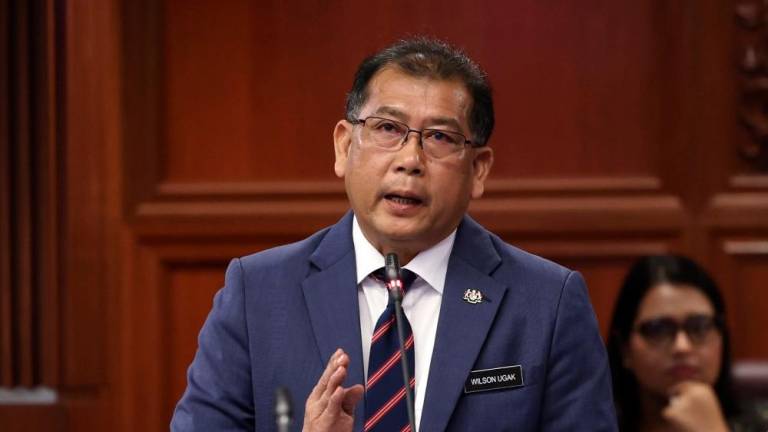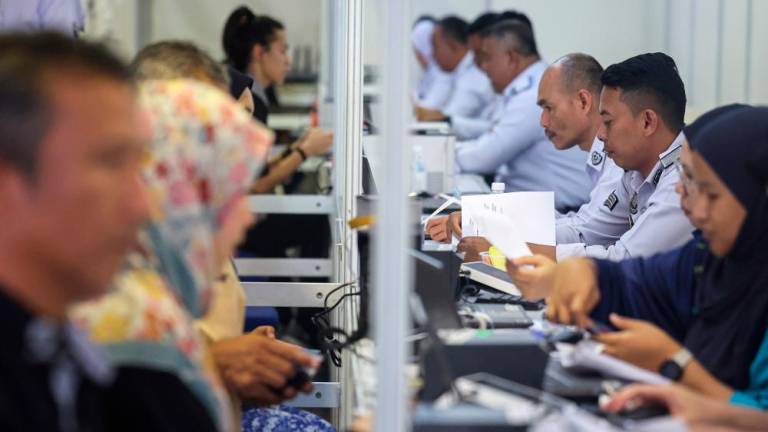TO the layman, there is little difference between reimbursement and disbursement because both involve the payer being repaid for a payment that has been made on behalf of another person. However, from a service tax point of view, there is a big distinction – reimbursement attracts 6% Service Tax (SST) while disbursement does not attract SST.
It is important for businesses to understand the distinction, otherwise at a future date when Customs audits them, it will give rise to additional taxes and penalties. Currently the tax authorities can go back six years to audit such matters.
Underlying concept
Any transaction involving reimbursement and disbursement consists of three parties – service provider, claimant, and customer. The party that has to deal with this issue is the claimant, who acts as an intermediary.
The key concept here is to understand whether the claimant is acting in his own capacity as a principal or as an agent of the customer. If he is acting as a principal, he takes on the responsibility in contracting with the service provider in his personal capacity and therefore he is liable to the service provider, not withstanding whether the customer reimburses him or not. In a disbursement situation, the claimant or the service provider does not contract in his personal capacity but merely acts as an agent or pays the service provider on behalf of the customer and receives the invoices in the name of the customer.
In order to qualify for disbursement, the transparency rule of making known the supplier and the pricing details together with the relevant invoices, without any mark-ups or add-ons, should be provided to the customer. Effectively you should not be altering the nature or value of the expenses that is being incurred on behalf of the customer. However, if the claimant adds on services or increases the value of the services to the customer, then the whole of the fees charged for the service including the out-of-pocket expenses will be subjected to service tax.
What should taxpayers do?
To determine the tax treatment, it best that the service provider/claimant and the customer should set out clearly in the contract, the agent-principal relationship. In addition, the contract should set out whether out-of-pocket expenses or recovery of other expenditure will be transparent to the customer (i.e. invoices from the service providers) and will there be any mark ups, add-ons or changes to the nature of the product.
If businesses wish to avoid SST on such payments made on behalf of customers, the contract must clearly state that the claimant is acting as an agent and contracting with the suppliers on behalf of the customer. The invoices received should be in the name of the customer and any payment made on behalf of the customer should be recovered without any mark-up. Copies of the invoices from the service providers should also be given to the customer.
Exceptions
There are exceptions in situations where the mark-up added by the claimant can be separately identified from the services acquired on behalf of the customer, in which case, the 6% SST will be confined to the mark-up.
Another exception is where the primary service is not taxable, any reimbursement in relation to the primary service would not attract service tax. For example, reimbursements connected to construction services (not subject to service tax) will not attract service tax.
For more details, it be useful to refer to the latest guide issued by the Royal Malaysian Customs Department.
This article was contributed by Thannees Tax Consulting Services Sdn Bhd managing director SM Thanneermalai.














